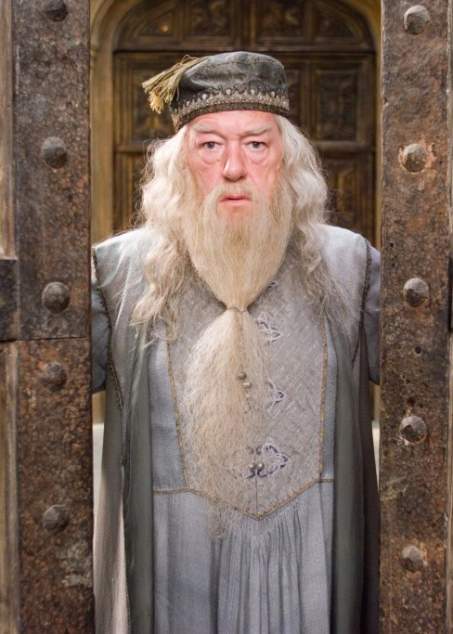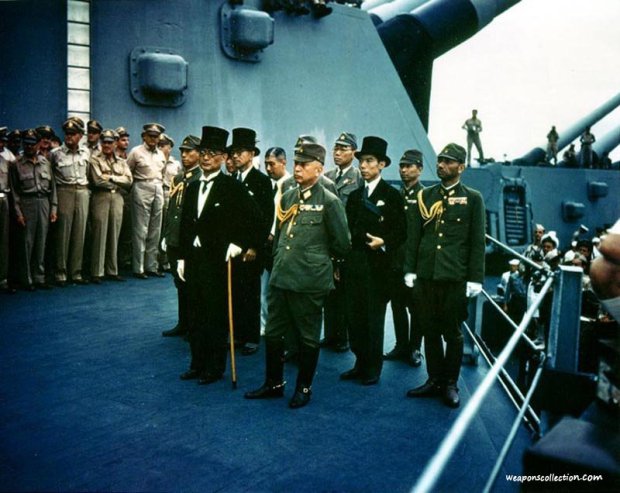 Joseph Boyden
Joseph Boyden
A legendary former cree bush pilot and a resilient woman hellbent on finding her lost sister come together in a dashing story of adventure, danger, and love. Joseph Boyden, winner of Rogers Writer’s Trust Fiction Prize and bestselling author of Three Day Road has yet again astounded everybody with his new novel Through Black Spruce which follows the stories of its’ two main protagonists (and narrators), Will and Annie Birdie as they reminiscence on their life changing journeys. Will conveys his wordless story while being in a coma in Moose Factory, Ontario while Annie does it from his bedside at the hospital. Although the characters are both physically in one place, their stories venture all the way from Toronto, Canada to Manhattan, New York. This novel is chockablock full of memorable lines, valiant characters and archetypes. However, before I can begin to talk about the most prominent archetypes in the novel, I’m going to talk a little about archetypes in general.
 Ever read a book and thought to yourself that the storyline was so very unique? Or how about being introduced to a character and thinking, wow, they were definitely one of a kind. Well, this is slightly awkward, but I have to tell you that most of your favourite characters are just archetypes and nothing new, and my pal, Carl Jung can back me up on this. Jung, a Swiss psychologist “used the concept of archetype in his theory of the human psyche” (Golden). Essentially, he believed that archetypes represent fundamental human motifs of all our personal experiences, and thus they symbolize basic human motivations (Jung). Don’t worry, it’s not just you, all my favorite characters are archetypes too. Gandalf the Gray (from LOTR), the Mentor. Harry Potter, the Hero. The Joker (from Batman), the Villain. The list goes on.
Ever read a book and thought to yourself that the storyline was so very unique? Or how about being introduced to a character and thinking, wow, they were definitely one of a kind. Well, this is slightly awkward, but I have to tell you that most of your favourite characters are just archetypes and nothing new, and my pal, Carl Jung can back me up on this. Jung, a Swiss psychologist “used the concept of archetype in his theory of the human psyche” (Golden). Essentially, he believed that archetypes represent fundamental human motifs of all our personal experiences, and thus they symbolize basic human motivations (Jung). Don’t worry, it’s not just you, all my favorite characters are archetypes too. Gandalf the Gray (from LOTR), the Mentor. Harry Potter, the Hero. The Joker (from Batman), the Villain. The list goes on.
Now that I’ve completely rocked your world, I’m going to spend the rest of this post discussing the novel Through Black Spruce while looking at it through an archetypal lens without spoiling too much of the novel. I will specifically be focusing on the character of Annie Birdie as I feel her story is more fitted for the archetypal lens.
Hero’s Journey The storyline follows the structure that of a Hero’s Journey, “a popular form of structure derived from Joseph Campbell’s Monomyth from his book The Hero With A Thousand Faces and adapted by Christopher Vogler is the Twelve Stage Hero’s Journey” (Bronzite). Essentially, you start off with introducing the hero and their backstory, then you throw in some horrible conflict that shakes their world and after battling many a foe, the hero overcomes all obstacles and saves the day. Annie Birdie (one of the two main characters) starts her story with a little background information on herself initiating stage one of the Hero’s Journey. Then she progresses into stage two, her Call to Action being the disappearance of her sister, Suzanne, for whom she leaves her ordinary life behind to go looking for. All this while Annie has been looking for her sister from the safety of her own hometown, however she departs into the unknown when her friend invites her to go along with her to Toronto. From there she begins the Trials phase and encounters various dangers in the behemoth of a city. As I’m only discussing the first half of the novel, I will have to stop here although it has already become apparent what will happen to Annie in the second half, as the novel up until now is pretty steadily following the Hero’s Journey format. Annie’s Crisis will probably be coming extremely close to finding her sister, but then not succeeding. Afterwards, she will return home during the Treasure phase with some degree of satisfaction but unfortunately, not her sister. I predict this because the novel starts with Annie telling her uncle (Will) about her journey to find her sister (in the past), and it’s strongly suggested that her sister is still missing. If it hasn’t already become apparent, Annie is one of the ‘hero’ archetypes of the novel as indicated by the fact that Annie’s journey is also referred to as the ‘hero’s journey’ (duh).
The storyline follows the structure that of a Hero’s Journey, “a popular form of structure derived from Joseph Campbell’s Monomyth from his book The Hero With A Thousand Faces and adapted by Christopher Vogler is the Twelve Stage Hero’s Journey” (Bronzite). Essentially, you start off with introducing the hero and their backstory, then you throw in some horrible conflict that shakes their world and after battling many a foe, the hero overcomes all obstacles and saves the day. Annie Birdie (one of the two main characters) starts her story with a little background information on herself initiating stage one of the Hero’s Journey. Then she progresses into stage two, her Call to Action being the disappearance of her sister, Suzanne, for whom she leaves her ordinary life behind to go looking for. All this while Annie has been looking for her sister from the safety of her own hometown, however she departs into the unknown when her friend invites her to go along with her to Toronto. From there she begins the Trials phase and encounters various dangers in the behemoth of a city. As I’m only discussing the first half of the novel, I will have to stop here although it has already become apparent what will happen to Annie in the second half, as the novel up until now is pretty steadily following the Hero’s Journey format. Annie’s Crisis will probably be coming extremely close to finding her sister, but then not succeeding. Afterwards, she will return home during the Treasure phase with some degree of satisfaction but unfortunately, not her sister. I predict this because the novel starts with Annie telling her uncle (Will) about her journey to find her sister (in the past), and it’s strongly suggested that her sister is still missing. If it hasn’t already become apparent, Annie is one of the ‘hero’ archetypes of the novel as indicated by the fact that Annie’s journey is also referred to as the ‘hero’s journey’ (duh).
Now that we’ve established who the hero in this story is, and the structure of their journey I will be delve further into the other archetypal characters starting with the ‘protector’ figure. During her trip in Toronto, Annie meets various homeless ‘indians’ one of them being a man named Gordon. Although Gordon doesn’t speak, he forms a close friendship with Annie and spends his time saving her from peril, and being there for her. He takes on the very obvious protector persona.
Mentor/Sage Archetype Mentor figure
Mentor figure  Mentor figure
Mentor figure  Mentor figure
Mentor figure
During her Toronto trip, Annie also meets a man she refers to as ‘Old Man’ and he almost immediately establishes himself as her ‘mentor’ or sage. He is the one who tells her that he previously met a girl who resembles Annie, saying “she looked a lot like you, but skinnier” (Boyden 54). This girl was Annie’s sister. Apart from being the one who starts off Annie’s adventure, he also continually gives Annie other important information and knowledge she needs to be able to survive in the big city. Furthermore, another establishing point that definitely makes him her mentor is the fact that he constantly refers to her as his “grandchild”, often grandfathers are seen as knowledgeable figures who take on the ‘mentor’ role for their grandchildren, and children.
The Bear
Although I was planning on only discussing Annie’s story, I can’t help but touch on Will’s as well. The most notable archetypal ‘character’ in Will’s story is the female bear he domesticates. This bear has a lasting impact on Will’s life, Will says he “would make friends with it” (Boyden 85) and would often refer to it as “My bear, my sow” (Boyden 85). Will obviously had a strong friendship with the bear, and viewed her as more than just some savage wild animal he was feeding. In fact, Will says during the long, lonely periods in his life, he would turn to the bear for company and companionship. On a deeper level, the bear is an important figure among the first natives. The bear represents strength, courage, and most important family in indigenous culture. In this case, the bear is Will’s spirit animal as it represents everything Will himself stands for.
Through Black Spruce has some obvious archetypal characters and it definitely follows the ‘Hero’s Journey’ format. These archetypes only help to solidify the meaning behind the story, and help connect the story with its readers. I am eager to continue reading the story, I hope you enjoyed reading my blog somewhat and I will see you all next time.
Works CitedBoyden, Joseph. Through Black Spruce. London: Phoenix (an Imprint of The Orion Group Ltd ), 2010. Print.
Jung, Carl and Dell, S.M. (1939). The Integration of the Personality (English translation). New York: Farrar & Rinehart.
Carl Golden. “The 12 Common Archetypes.” Soulcraft. N.p., n.d. Web. 12 July 2017.
Chazda Albright. “Top 12 Character Archetypes.” GreatStorybook.com. N.p., 14 Feb. 2017. Web. 12 July 2017.
Www.nuvotech.co.uk, Nuvotech Limited. “The Hero’s Journey – Mythic Structure of Joseph Campbell’s Monomyth.” Movie Outline – Screenwriting Software. N.p., n.d. Web. 12 July 2017.
Advertisements Share this:




